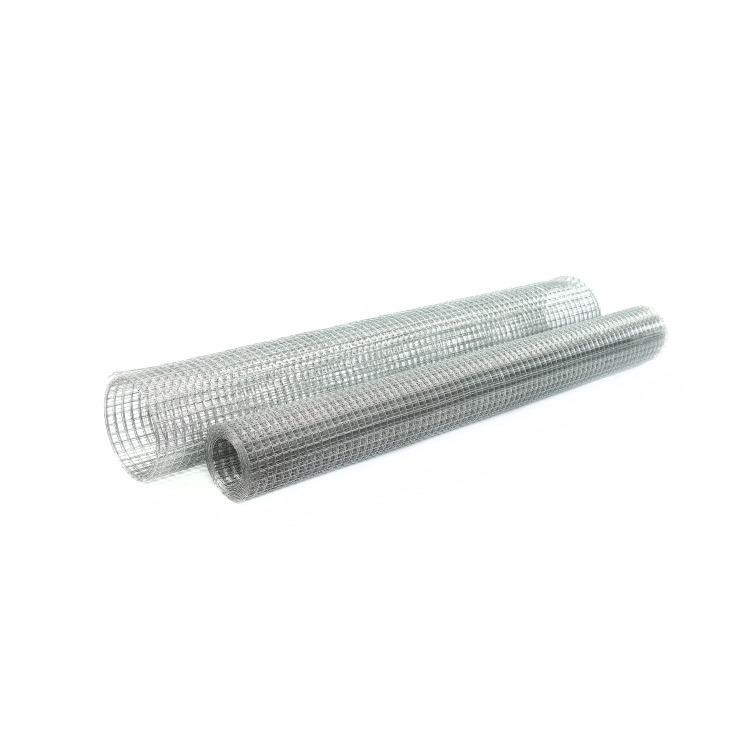building earth anchor
The Importance and Methodology of Building Earth Anchors
In modern construction and civil engineering, stability and safety are paramount. One effective method to ensure these qualities in various structures is the use of earth anchors. Earth anchors are devices that secure structures to the ground, providing additional resistance against lateral and vertical forces. Understanding the significance, applications, and installation techniques of earth anchors is essential for engineers, builders, and architects alike.
What are Earth Anchors?
Earth anchors, also commonly known as ground anchors or soil anchors, are typically made of steel and are embedded in the soil to provide resistance against movement. These devices have a wide range of applications, from supporting structures like retaining walls and telecommunications towers to being used in temporary applications such as securing tents during events. Their design allows them to transfer loads from structures into the surrounding soil, providing critical strength and stability.
Significance of Earth Anchors
The primary purpose of earth anchors is to stabilize structures that might otherwise be susceptible to lateral loads, such as wind or seismic activities. For instance, in areas prone to high winds, earth anchors can help secure fences, billboards, and temporary structures. In the context of retaining walls, they play a vital role in preventing soil from pressuring the wall, thus avoiding potential failure.
Another significant application is in slope stabilization, which is essential in preventing landslides. Earth anchors can be used to reinforce the soil, helping to hold it in place during heavy rainfall or seismic events. This capability is crucial for protecting infrastructure such as highways, bridges, and buildings located on or near slopes.
Installation of Earth Anchors
building earth anchor

The installation of earth anchors is a systematic and precise operation that requires careful planning and execution. The process generally begins with site assessment, where soil conditions, load requirements, and the specific application are evaluated. Once the assessment is completed, the following steps are usually undertaken
1. Drilling Holes are drilled into the ground where the anchors are to be installed. The depth and angle of the holes depend on the specific design and load requirements.
2. Anchor Insertion The earth anchor is inserted into the pre-drilled hole. Depending on the design, the anchor may be a singular piece or composed of multiple parts that connect after insertion.
3. Tensioning Once the anchor is in place, it is typically connected to a tensioning system. This step involves pulling the anchor taut and ensuring it is securely embedded in the soil. The mechanics of this process ensure that the anchor is firmly held in place, providing the necessary resistance to lateral and vertical loads.
4. Load Testing After installation, it is crucial to perform load testing to confirm that the anchors can withstand the expected forces. This step helps in verifying the integrity of the installation and the overall stability of the structure.
5. Backfilling and Final Adjustments Once testing is complete and the anchors are confirmed to be secure, the holes are backfilled and any final adjustments to the structure are made.
Conclusion
Building earth anchors is a vital aspect of ensuring the stability and safety of various constructions. With their widespread applications and essential role in enhancing structural integrity, understanding the concept of earth anchors and their installation process is critical for professionals in the construction and engineering fields. As urban development continues and the frequency of natural disasters rises, the reliance on effective anchoring solutions like earth anchors will undoubtedly become even more pronounced. By meticulously planning and implementing earth anchor systems, engineers can ensure the longevity and safety of the structures we rely on daily.
-
Wire Mesh Solutions for Modern Industrial Needs
NewsJul.17,2025
-
Steel Wire Powers Modern Industrial Applications
NewsJul.17,2025
-
Iron Nails Big Iron Nail Price Guide Bulk Buyers
NewsJul.17,2025
-
Durable T Post Solutions for Industrial Fencing Projects
NewsJul.17,2025
-
Durable Hexagonal Wire Netting For Modern Applications
NewsJul.17,2025
-
Building Material Wholesale Solutions for Modern Construction Needs
NewsJul.17,2025














